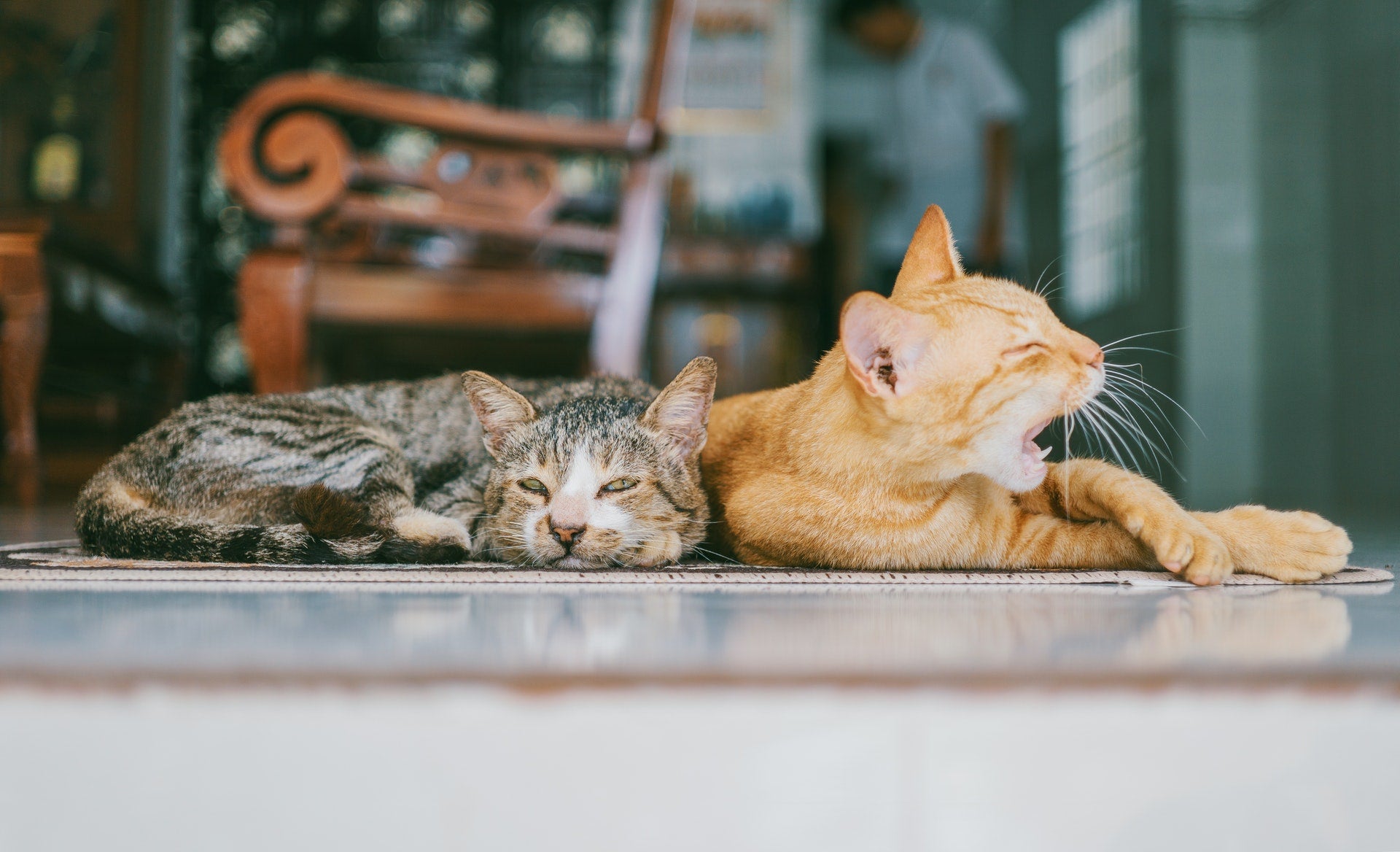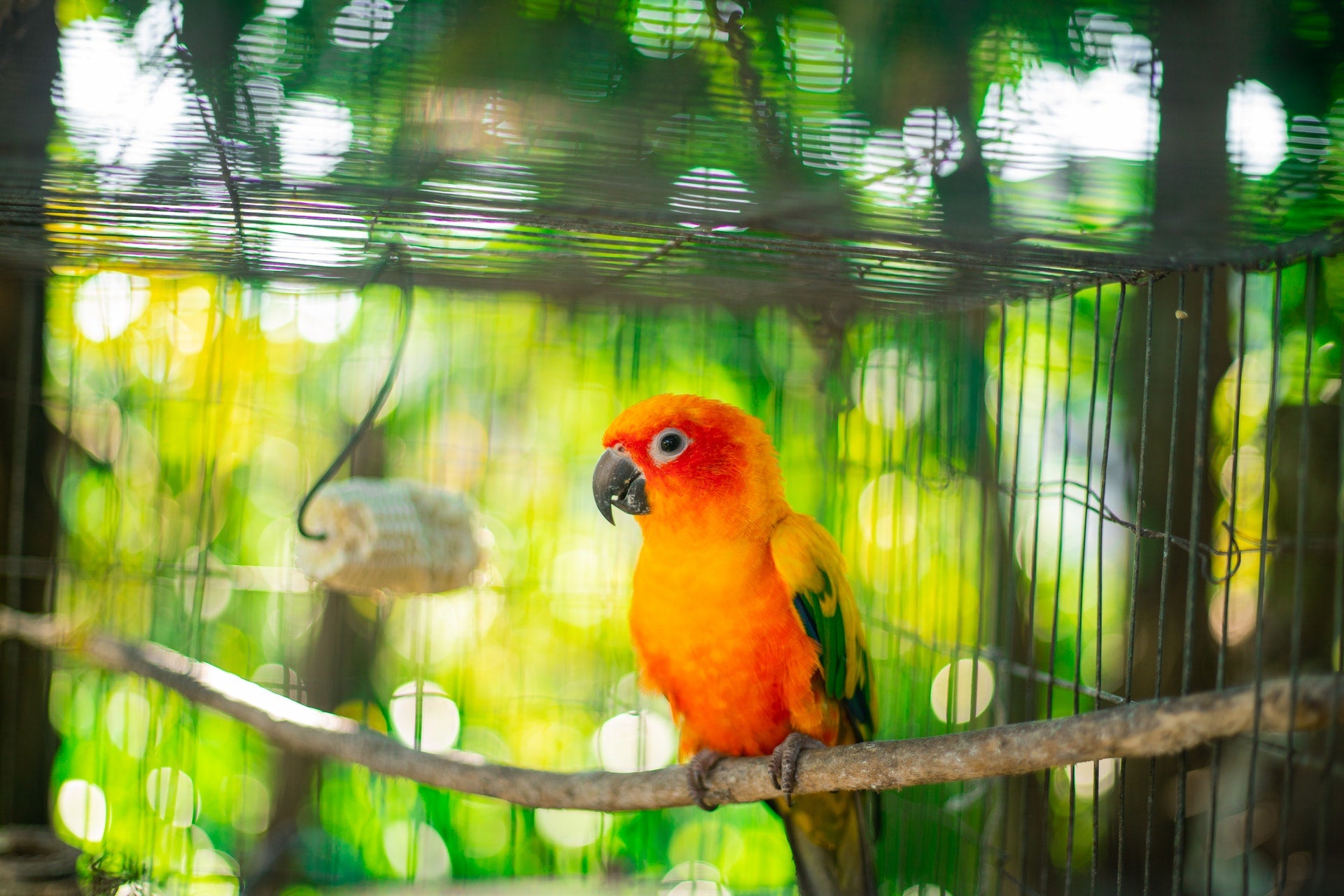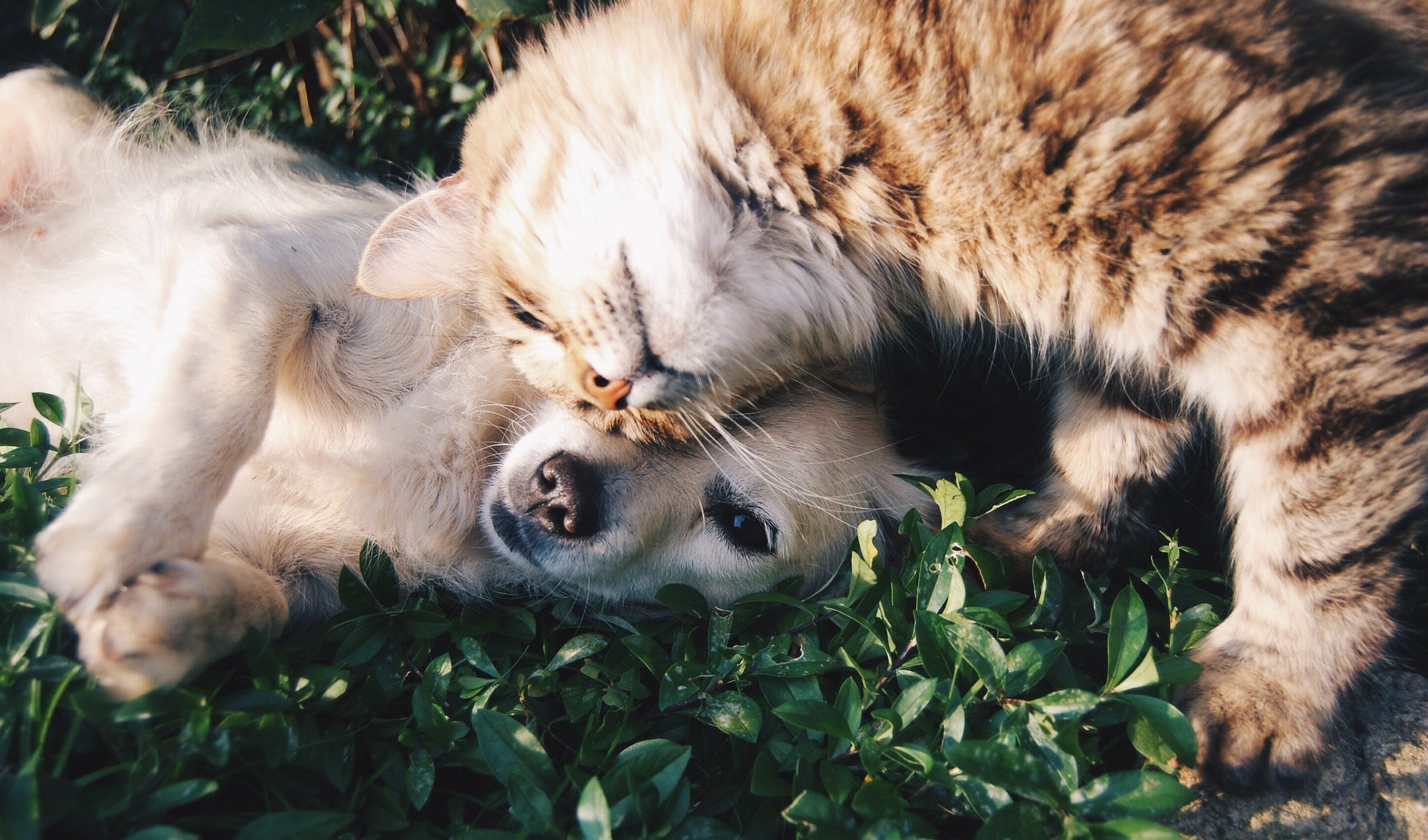Turf wars do not only take place in the garden and on the street. Whether dog or cat - an existing four-legged friend will initially be anything but enthusiastic about the idea of having to share their home.
But if you have now decided to take in another pet and your cat gets an animal roommate, the fronts must also be clarified and boundaries drawn with animals.
In general, cats are flexible and adaptable. But they can't quite get out of their skin.

The new roommate is a different cat
Two little kittens? No problem. If you bring young animals together, they will quickly make friends while romping and playing and decide among themselves who has the say in case of doubt. The situation is similar when a new cat (or even better: a kitten) meets an adult tomcat. They are mostly sociable, at first they keep their distance, but then they slowly warm up. Adult queens, on the other hand, will first show the newcomer who is in charge at home. So it's better to keep an eye on the meetings. In addition, the "old" queens need a lot of attention so that they do not feel neglected.

Small animals or birds move in
“How nice of the humans to even feed the food over there in the cage to make it nice and thick and sluggish. But when will the mouse finally be released and the hunting season opened?” - your cat will think something like this when small animals or birds move in with you!
In the eyes of a cat, small rodents in particular are instinctively more likely to be prey than playmates or roommates. Catching the budgerigar would also be no great feat.
Speaking of which, don't be fooled if your cat seems to be leaving the cage on the third day. Feigned disinterest can definitely be part of a long-term hunting strategy. Just think of the wonderful comic strips with Sylvester and the little yellow Tweety .
A community with fish or reptiles
“Such a fishing trip would be just right after a hard day on the couch. How good that the goldfish bowl is so prominent on the side table in the living room. Whether there are two or three little fish swimming in it - who will notice the difference?"
In order to avoid such and similar thoughts, it is advisable to cover aquariums and terrariums and thus provide privacy and protection from fishing. Because even the best behaved cat cannot switch off its instincts and hunting instinct at the touch of a button. Therefore: resist the beginnings of a fishing trip.

The barking newcomer
It could all be so easy if you knew each other's language. Instead, there are always misunderstandings with the barking newcomer.
There they face each other: the dog and the cat. Both have tails flicking from left to right. But what is fun for one person is nervousness for another. Even if the gesture is similar, the back and forth of the tail in the dog and cat means completely different things.
After all, when it comes to gestures, cats and dogs couldn't be more opposites. The fact that they generally don't get along with each other is definitely a mistake. But either they have already had bad experiences with the other species or they are struggling with communication difficulties. Which means: They speak different body languages.
If the cat meets the new dog for the first time, it should definitely be on a leash . In the first few days, careful sniffing is the order of the day - always under observation. Why? For example, a slow blink of the dog's eyes is a real sign of affection for the cat. The dog, on the other hand, can sometimes understand your supposed staring as a threat. Caution is therefore required in the introductory phase.










